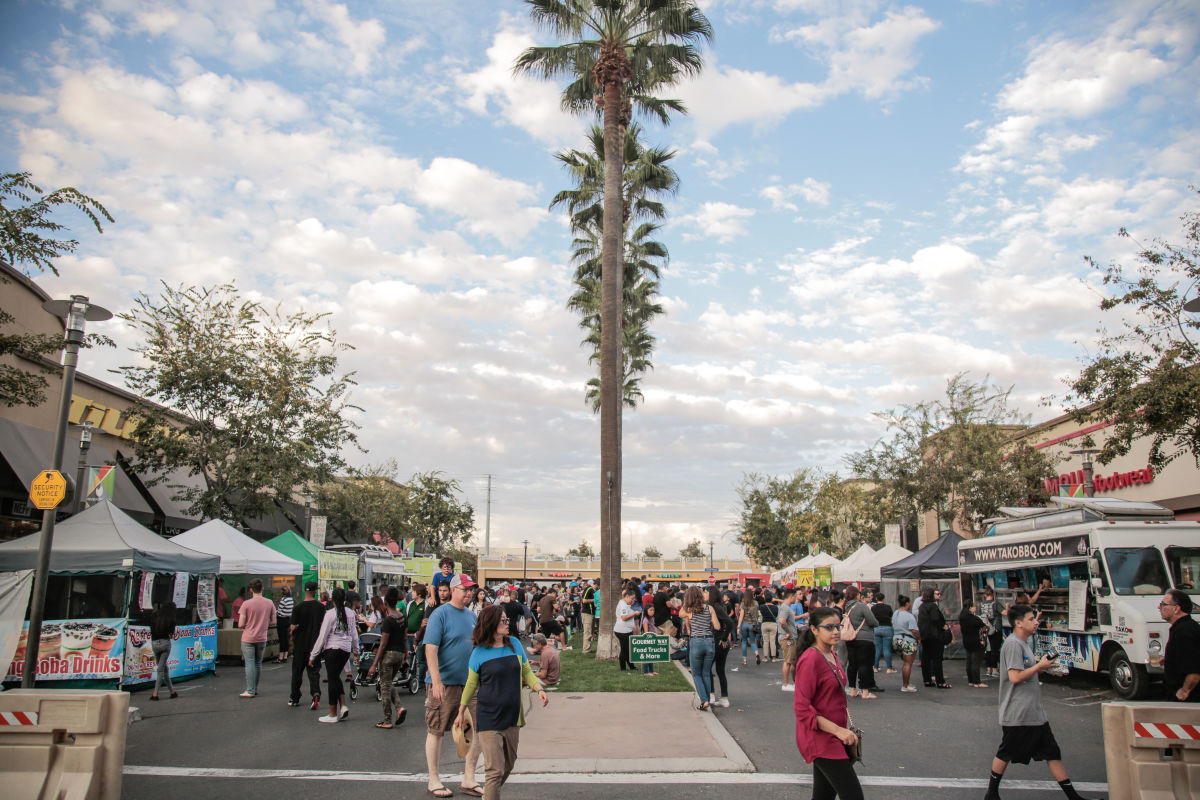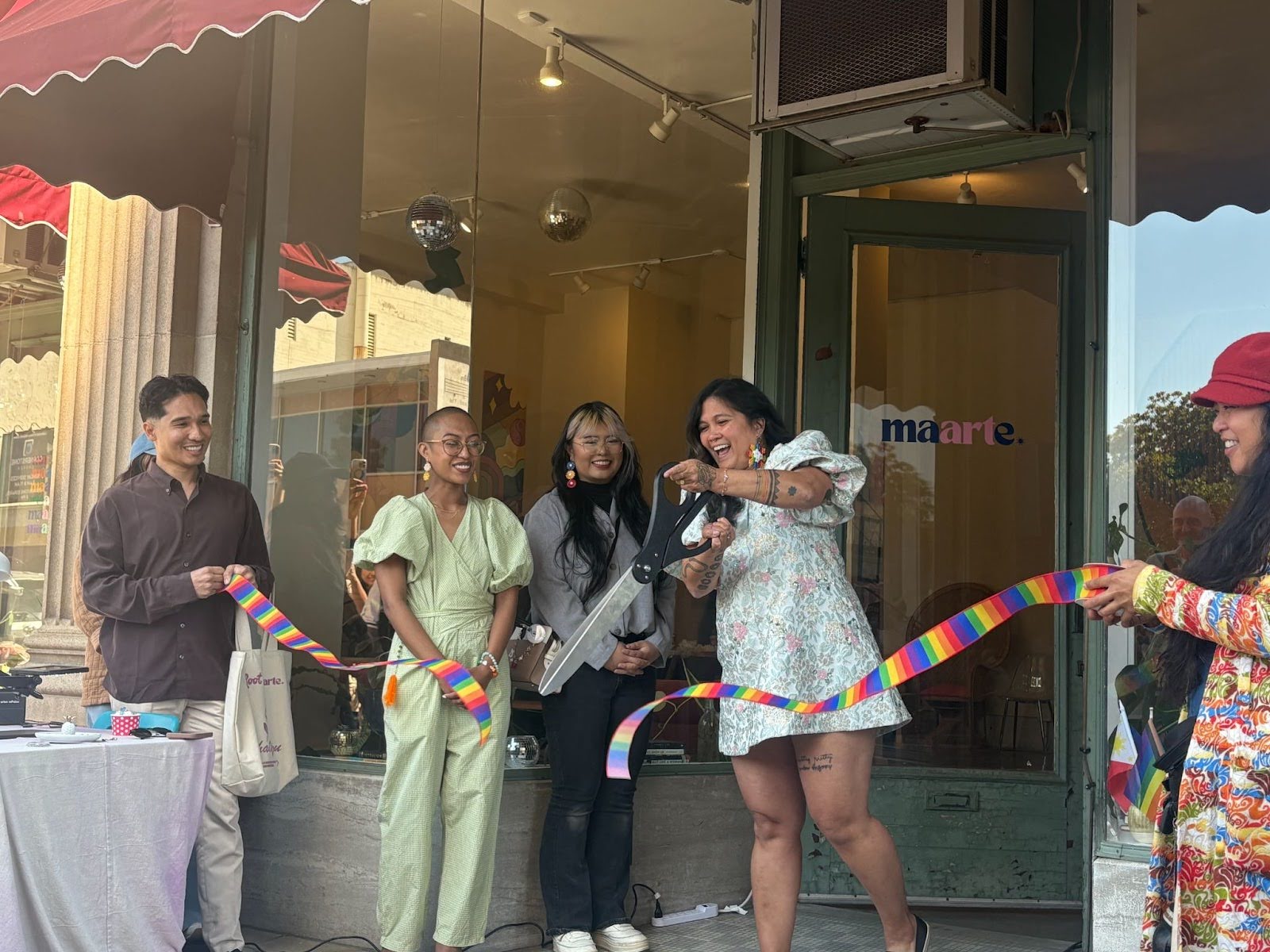Editor’s note: The City of Fresno has approved plans for a Bus Rapid Transit (BRT) system through two main thoroughfares of the city. This approval was not without a fight, as the initial proposal was rejected and a stripped-down revision passed with some resistance. The report below details BRT and explores what it offers Fresno residents.
BRT is an enhanced bus rapid transit system that operates on bus lanes or other transitways in order to combine the flexibility of buses with the efficiency of rail. By doing so, BRT operates at faster speeds, provides greater service reliability and increased customer convenience. It also utilizes a combination of advanced technologies, infrastructure and operational investments that provide significantly better service than traditional bus service. The city of Fresno is bringing this type of transit transportation system as a means to meet state air quality standards, reduce traffic congestion, and improve access to the downtown area, and to help stop the urban sprawl into the surrounding farmland.
Technology
Operation of a BRT system requires: bus lane designation, signal priority at intersections, redesigned buses, redesigned bus stops, off-board fare collection, and real time automatic vehicle location. A reason why BRT systems are more effective than regular transit buses is because they drive on designated bus lanes that allow the bus to drive past stopped traffic at intersections. These new buses are able to jump ahead of traffic at intersections because traffic lights at those intersections will be modified to be able to give a straight pass for incoming BRT buses. This allows for faster travel times, which provides more reliability to the passenger. Another aspect of the BRT system is that the bus and the bus stops are redesigned in order to help reduce boarding time. The new bus stops will have fare collection machines at the stop rather than on the bus so that passengers can pay for their ticket beforehand and reduce the time it takes to board the bus. In addition, these new bus stops will be leveled with the new buses; this will help reduce the boarding time for passengers that are disabled. Another feature of a BRT system is that these buses will be able to be tracked online in real time by passengers. This allows the passengers to know the exact time they should be at the bus stop; which will reduce the waiting time an individual normally spends at bus stops. The combination of all these features is the reason why BRT systems provide greater levels of service and reliability to the passengers.
Economic Impact
The revised plan of the Bus Rapid Transit (BRT) was reduced from $50 million to $37 million for the total cost of construction. The cost per every mile is about $2.685 million. The length of the buses is reduced from 60 feet to 40 feet. The route will run along Blackstone Ave from the Riverpark Shopping Center down to Fresno’s courthouse park in downtown and will continue along Ventura/Kings Canyon Ave eastward to Clovis Ave. The whole project consists of 13.8 miles and 26 stations alongside the routes for vending, waiting, and boarding. The fare cost for boarding the BRT will be $1.25, which is the same for boarding the traditional bus. The price of utilizing this new system of traveling is cost effective to the public and the passengers. This will attract more customers and business people to local businesses along the BRT route. The new and revised plan for the BRT will improve the local economy and the future of Fresno because of the more effective public transit system. This project might seem to be large scale; however, it is part of the city of Fresno’s plan for a more sustainable future of transportation and development.
Ridership Impact
Since its implementation in communities all across the country, the Bus Rapid Transit (BRT) system has attracted new riders through the use of many unique service and design characteristics. Studies done by various transit agencies that currently operate BRT systems have documented in their studies and surveys that its systems are extremely effective in increasing the level of transit ridership. As the BRT system implementation in the nation continues to grow, more and more transit authorities are opting for these vehicles. The plan to incorporate a BRT system in Fresno County will improve the transit service by offering competitive transit travel times and a high degree of reliability. Based on the public’s reactions where the systems have already been implemented, the BRT shows characteristics that demonstrate the capacity to expand the nation’s transit ridership. As a number of manufacturers begin to shift towards building more of these vehicles, the popularity of the BRT vehicles illustrates a great potential to continue attracting even more riders in the future. With the construction of the proposed BRT infrastructure in Fresno, it is estimated that between 23,000 and 30,000 daily passengers could be accommodated to the current bus infrastructure.
Environmental Impacts
Although the BRT will benefit the city of Fresno, with benefits there are also negative effects. The negative effects consist mainly of negative environmental impacts to the community which, according to the environmental report, would be less than significant because the BRT will be replacing the regular bus system that is already in place . All other negative environmental impacts the BRT brings occur during the construction phase. One of the long term negative effects that might come to concern Fresno residents would be the inconvenience brought by the change in traffic signal operations to prioritize the passage of BRT buses. People driving their private automobile will have to wait longer at intersections when a BRT bus approaches that intersection. However, the upside to this problem is that people will see the benefits of using the transit system, and slowly we will see a decrease in automobile traffic. We cannot expect to have a foolproof system but as long as the benefits outweigh the negatives we can move forward to a better future in public transportation that the BRT will bring to Fresno.
By Gelasio Rodriguez, Alejandro Armenta, Luis Valtierra and Nou Chee Xiong


